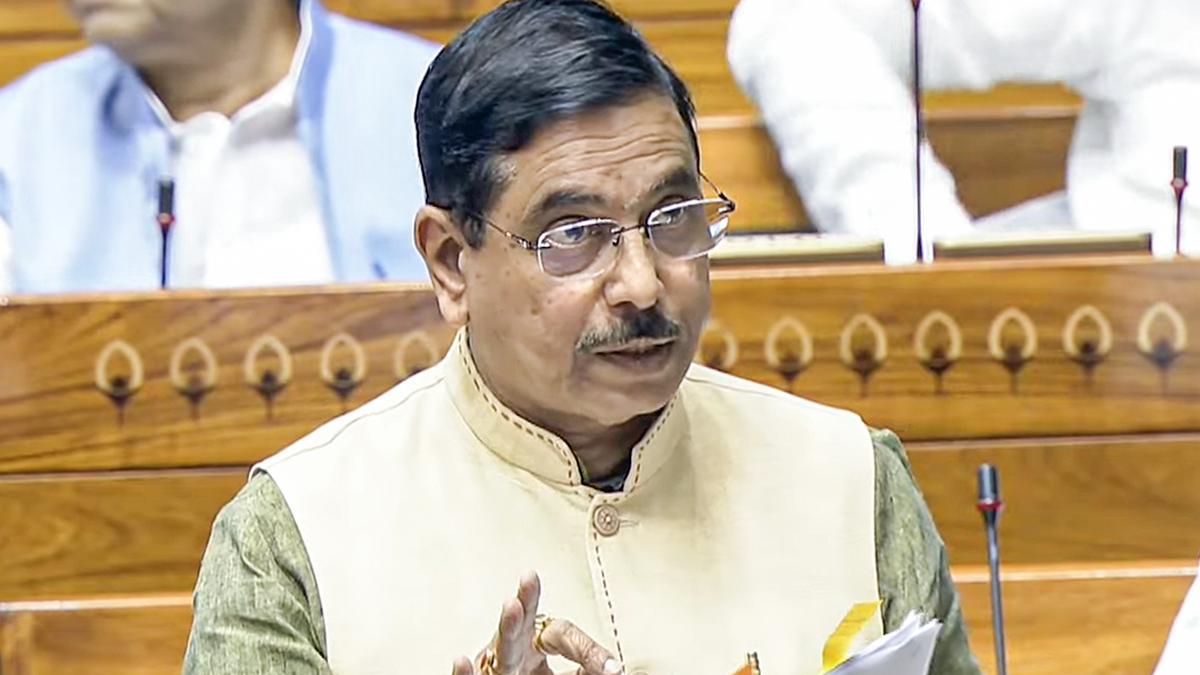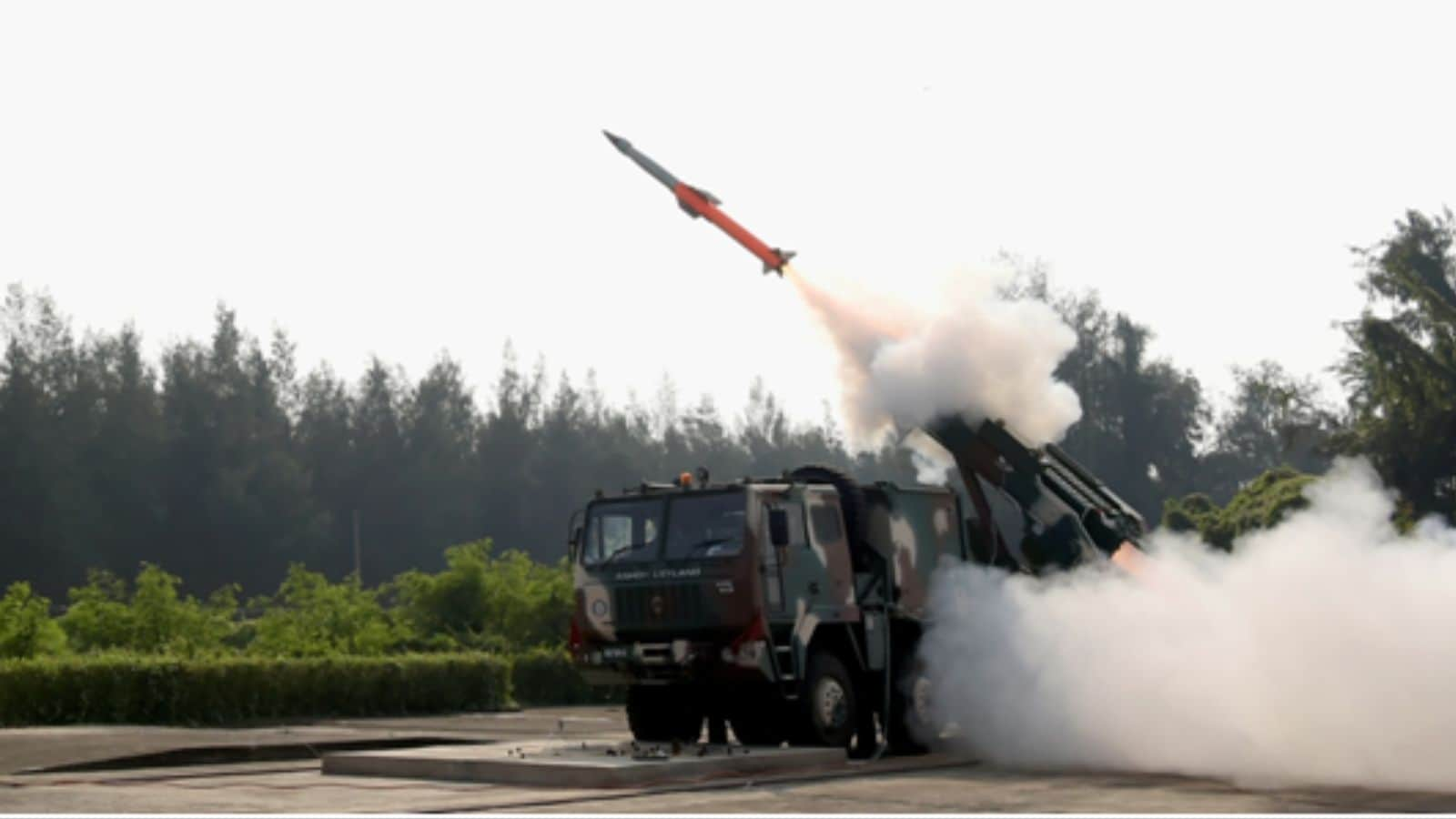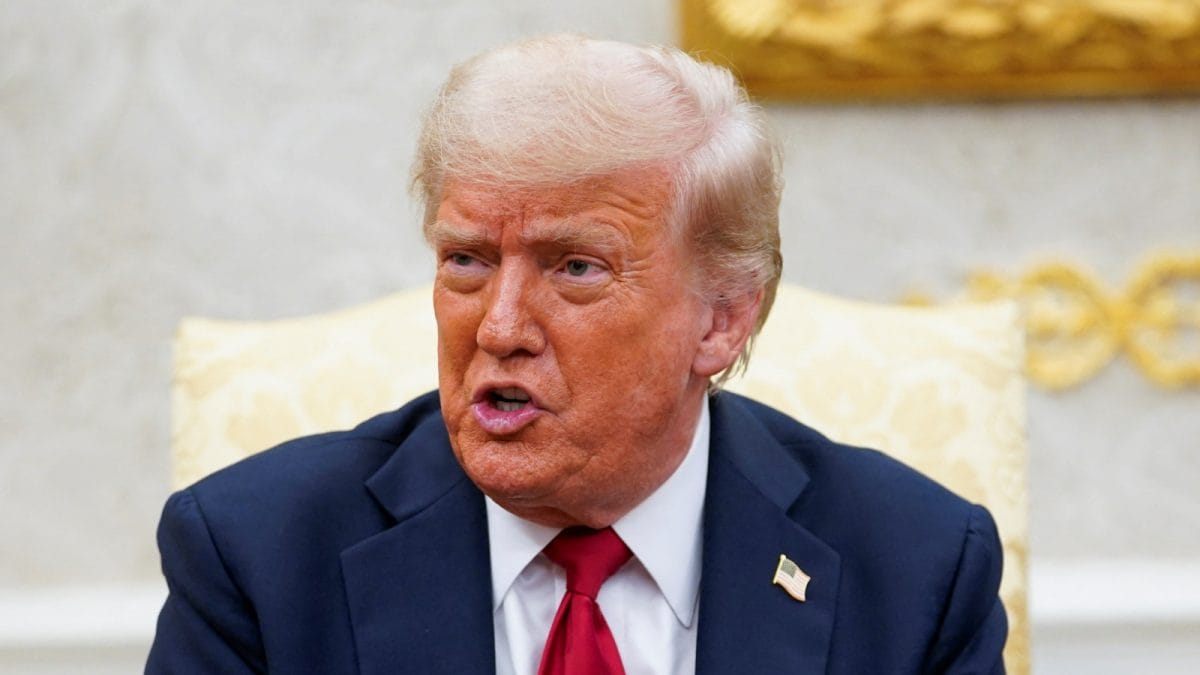ARTICLE AD BOX
The Indian Army is set to undergo a significant organisational overhaul that will include integrating Unmanned Aerial Vehicles (UAVs) and counter-UAV as standard weapon systems at the battalion level across most of its arms, The Indian Express has learnt.
The transformation will also involve establishing light commando battalions, creating integrated brigades, and developing specialised artillery regiments and batteries tailored for future warfare, sources told this newspaper.
These plans, under discussion for several months, have gained pace after Operation Sindoor in May, following the Pahalgam terror attack. Some of the changes will be drawn from lessons obtained during this operation, the sources said.
One of the initiatives is to incorporate UAVs and counter-UAV systems into infantry battalions, as well as armoured and artillery regiments. While current battalions possess drones, they are often utilised as secondary systems in addition to established weapons and tasks. As a result, personnel are diverted from primary responsibilities to operate the UAVs.
The new objective is to create a dedicated outfit within each unit that will be tasked primarily with operating drones. Each arm has been directed to draw up a structure that allows a select number of personnel to focus and train on this front, the sources said.
In the infantry, for instance, plans are underway to introduce several surveillance drones at the platoon and company levels.
This will require reassigning approximately 70 personnel from various sections and modifying the responsibilities of some others — an infantry unit comprises 36 fighting sections across four companies and other supporting platoons, each managing various tasks and weapons.
Story continues below this ad
Additionally, the Army is raising 30 light commando battalions, called Bhairav, each comprising about 250 personnel. These battalions will be specially trained and deployed in designated areas to enhance strike capabilities with teams trained for specific missions. They will operate under various commands with specific operational roles, and be trained and equipped accordingly.
Sources said multiple infantry regimental centres have been instructed to start raising these battalions, and initial units are expected to be ready for operational deployment within a month.
Explained
Lessons from May
Op Sindoor in May revealed the increased use of military drones in new-age operations. Inducting a variety of drones as standard weapons at battalion levels will enable better training, procurement and maintenance.
The Army will also establish Rudra brigades, which will consist of an all-arms brigade along with UAVs and other logistical elements. This will involve restructuring existing infantry, armoured and artillery brigades, which will allow Rudra brigades to function independently across various sectors as integrated units for future warfare.
Likely to be deployed for conventional and hybrid operations, the logistics and network-centric operations for each such brigade will be tailored to specific missions and operational areas.
Story continues below this ad
For the Regiment of Artillery, establishing two batteries with an increased number of guns each, as well as adding a third drone battery equipped with surveillance and combat drones, are being considered. Currently, each artillery regiment consists of three batteries, each with six guns.
Additionally, Divyastra artillery batteries are being created with next-generation long-range guns and loitering munitions capable of conducting surveillance and identifying and engaging targets in depth areas. They will be equipped with anti-drone systems for self-defence and area protection.
Some of these initiatives were announced by Army Chief General Upendra Dwivedi on Kargil Vijay Diwas on July 26.
The armoured and mechanized infantry are also undergoing reorganisation.
Currently, there is a reconnaissance platoon responsible for navigating and leading units to their targets alongside three squadrons/ companies in Armoured/ Mechanized Infantry battalions. The recce platoons will be enhanced with surveillance and strike drones. Discussions are also underway to have two expanded squadrons/ companies instead of three, converting the third into a drone-based squadron/ company or integrating attack drones as part of tank squadrons.
Story continues below this ad
Plans are also being discussed to modify engineer regiments by introducing a drone section in each company for mine detection, reconnaissance and area mapping — and bolstering Army Aviation Corps with more UAVs for reconnaissance, surveillance and data collection, thereby reducing the reliance on helicopter hours and pilot effort.
There are also moves to enhance the repair capabilities of Corps of Electronics and Mechanical Engineers (EME) in order to improve drone repair capabilities within corps zone workshops.
Sources said the initiative will increase the demand for specialised and trained manpower. They said the aim is to incorporate drones among other new generation equipment as standard issue items for the combat arms so that they can be procured on a regular basis.
The initiative will also help create a supply chain for procurement, instead of purchases on an ad hoc basis through the special financial powers of top Army brass or as emergency procurement.



.png)
.png)
.png)

























 English (US) ·
English (US) ·